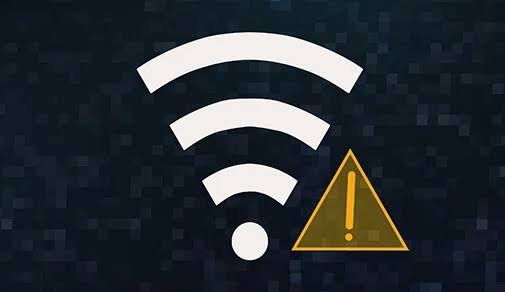In this age of always-on connections, a Wi-Fi problem can be exceptionally annoying. This is a complete guide on how to fix Wi-Fi problems, from the most basic to the most complex ones.
This detailed tutorial covers common Wi-Fi difficulties and how to fix them to keep you connected.
Read also: How to protect yourself against deepfake attacks
Check Hardware
Start simple before tweaking software:
Placement: Place your router centrally, away from walls and electronics. Elevated and interference-free are ideal.
Modem and Router: Unplug them for 30 seconds and plug them into the power cycle. Minor connectivity issues are often resolved.
Cables: Make sure all cables are correctly connected and defect-free.
Network Wi-Fi Settings
Wi-Fi settings can be the problem:
Network Name (SSID): Make sure your network’s name (SSID) is unique and not shared with nearby networks. It stops interference.
Security Settings: Use a robust and unique password to secure your Wi-Fi network.
Firmware update
Outdated firmware can affect performance:
Router Firmware: Access your router’s web interface and check for firmware updates. Install the newest version for security and upgrades.
Overcome Interference
Other networks and devices can impair Wi-Fi signals:
Change Wi-Fi Channel: In busy locations, changing your router’s channel reduces nearby network interference. Try multiple channels to find the least busy.
Limit Interference: Avoid Wi-Fi interference from cordless phones and microwaves near your router.
Increased Signal Strength
Sometimes weak transmissions cause problems:
Wi-Fi Extenders/Repeaters: Use them to increase your signal in poor coverage locations.
Upgrade Router: A newer, more powerful router can boost signal strength and range.
Manage Connected Devices
A crowded network can slow things down:
Disconnect Inactive Devices: Regularly disconnect devices that aren’t in use to free up bandwidth for active ones.
Advanced Troubleshooting
If basic methods fail, try advanced troubleshooting:
Quality of Service (QoS): To improve performance, set your router’s QoS settings to give particular devices or apps priority.
DNS Configuration: Try Google DNS or OpenDNS for faster, more consistent connections.
Contact your ISP: If all else fails, contact your ISP. They may need to explore difficulties.
Wi-Fi is essential to modern life. Get rid of frequent Wi-Fi difficulties and keep your online activities running smoothly with these recommendations. Remaining patient and persistent can help your digital life go smoothly.




